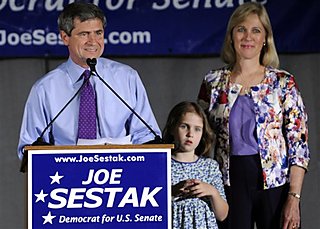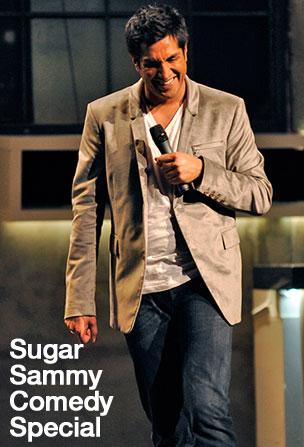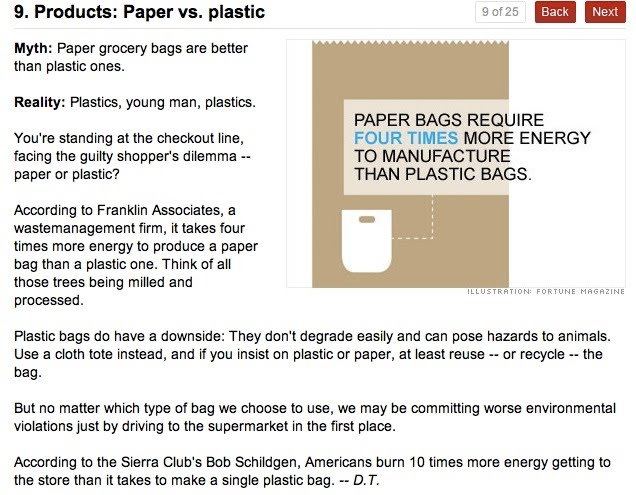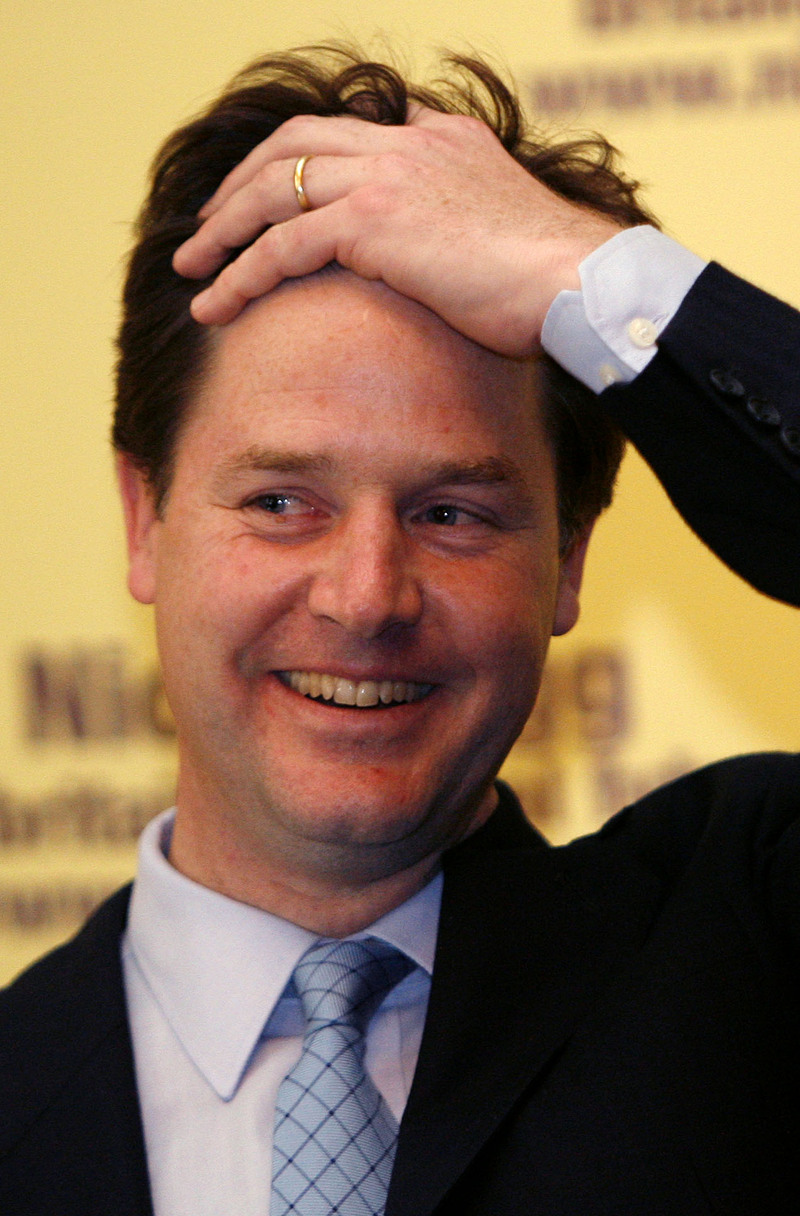The English have a reputation for producing soccer players that are not afraid to make hard challenges to win the ball. They refer to this as getting “stuck in.” But could it be that because England’s players all play in the same league, they are also more likely to get “stuck” as well.

University of Michigan professor Scott Page wrote an interesting book in 2007 called The Difference where he makes a provocative, argument about the benefits of diversity to institutions. The genesis of his book began as a young professor at CalTech:
One winter evening in 1995, to have a little fun I constructed a computer model of diverse problem solvers confronting a difficult problem. Put aside for now what counts for fun at Caltech; “fun” at Caltech rarely makes sense to the outside world. In my model, I represented diversity as differences in the ways problem solvers encoded the problem and searched for solutions. I referred to these ways of solving the problem as tools. In working through the implications of my model, I stumbled on a counterintuitive finding: diverse groups of problem solvers—groups of people with diverse tools—consistently outperformed groups of the best and the brightest. If I formed two groups, one random (and therefore diverse) and one consisting of the best individual performers, the first group almost always did better. In my model, diversity trumped ability.
In follow up experiments, Page found that a random group of problem solvers consistently outperformed high ability groups. Why? Here is Page in a New York Times interview describing the general findings in his book:
People from different backgrounds have varying ways of looking at problems, what I call “tools.” The sum of these tools is far more powerful in organizations with diversity than in ones where everyone has gone to the same schools, been trained in the same mold and thinks in almost identical ways.
The problems we face in the world are very complicated. Any one of us can get stuck. If we’re in an organization where everyone thinks in the same way, everyone will get stuck in the same place.
But if we have people with diverse tools, they’ll get stuck in different places. One person can do their best, and then someone else can come in and improve on it. There’s a lot of empirical data to show that diverse cities are more productive, diverse boards of directors make better decisions, the most innovative companies are diverse.
Does this finding apply to football/soccer teams? One proposition would be that teams with players for that play is different leagues around the world bring a diverse set of experiences, training habits, tactics, norms, etc. that would be beneficial in game preparation and in making split second decisions on the field. By extension, players who all ply their trade in the same league would all have the same general set of experiences and would see off-field and on-field problems the same way.
If Page’s logic applies to winning at soccer, then that does not bode well for England’s changes at the upcoming 2010 World Cup in South Africa. Here’s a look at the preliminary 30 man roster coach Fabio Capello named yesterday:
Goalkeepers: David James (Portsmouth), Robert Green (West Ham United), Joe Hart (Manchester City).
Defenders: Ashley Cole (Chelsea), John Terry (Chelsea), Rio Ferdinand (Manchester United), Glen Johnson (Liverpool), Ledley King (Tottenham Hotspur), Jamie Carragher (Liverpool), Matthew Upson (West Ham United), Michael Dawson (Tottenham Hotspur), Leighton Baines (Everton), Stephen Warnock (Aston Villa).
Midfielders: Steven Gerrard (Liverpool), Frank Lampard (Chelsea), Michael Carrick (Manchester United), James Milner (Aston Villa), Theo Walcott (Arsenal), Gareth Barry (Manchester City), Joe Cole (Chelsea), Tom Huddlestone (Tottenham Hotspur), Scott Parker (West Ham United), Aaron Lennon (Tottenham Hotspur), Adam Johnson (Manchester City), Shaun Wright-Phillips (Manchester City).
Forwards: Wayne Rooney (Manchester United), Peter Crouch (Tottenham Hotspur), Emile Heskey (Aston Villa), Darren Bent (Sunderland), Jermain Defoe (Tottenham Hotspur).
Every single one of these 30 players plies their trade in the Barclay’s English Premiere League. Of course this is almost universally accepted to be the best league in the world. And the 30 on this team (with the possible exception of the goalkeepers) are among the best players in the best league in the world. With Wayne Rooney, they have a player that is arguably the best player in the world, or at least one of the top three. As a result, pundits expect England to waltz through their qualification group and to possibly win the World Cup for the first time since 1966.
But Page’s key insight is that merit based groups don’t perform as well as diverse groups because merit based groups see problems in similar ways and are disposed to get “stuck” in the same place and in the same way. A team with less talented players but more diversity of experience (playing in different leagues) might make up for their lack of ability with an enhanced range of experiences that gives them a greater ability to get “unstuck” when the group encounters a problem.
it just so happens that England’s first game is against the USA, a team that fits this bill nicely. Let’s look at the USA’s 30 man roster:
GOALKEEPERS (3): Brad Guzan (Aston Villa), Tim Howard (Everton), Marcus Hahnemann (Wolverhampton)
DEFENDERS (9): Carlos Bocanegra (Rennes), Jonathan Bornstein (Chivas USA), Steve Cherundolo (Hannover), Jay DeMerit (Watford), Clarence Goodson (IK Start), Chad Marshall (Columbus Crew), Oguchi Onyewu (AC Milan), Heath Pearce (FC Dallas), Jonathan Spector (West Ham United)
MIDFIELDERS (12): DaMarcus Beasley (Rangers), Alejandro Bedoya (Örebro), Michael Bradley (Borussia Mönchengladbach), Ricardo Clark (Eintracht Frankfurt), Clint Dempsey (Fulham), Landon Donovan (Los Angeles Galaxy), Maurice Edu (Rangers), Benny Feilhaber (Aarhus), Stuart Holden (Bolton), Sacha Kljestan (Chivas USA), Robbie Rogers (Columbus Crew), José Torres (Pachuca)
FORWARDS (6): Jozy Altidore (Villarreal), Edson Buddle (Los Angeles Galaxy), Brian Ching (Houston Dynamo), Robbie Findley (Real Salt Lake), Herculez Gomez (Puebla), Eddie Johnson (Aris Thessaloniki)
The 30 players on this roster come from twelve different leagues: (England, USA, France, Spain, Germany, Sweden, Italy, Scotland, Denmark, Norway, Mexico, and Greece). While the USA has some influential players in global soccer, they are in large part not among the best players in the world. They are serviceable players for mid-level teams (Edu and Beasley excepted) in both high and mid level leagues. Nine of the 30 on the roster play in Major League Soccer – a good, but not great standard.
If Page is right, the USA should do better than England. But it can’t be right? If it was, then a random sample of 30 people from around the world would give England a game! And we all know that wouldn’t happen (although it would be funny to watch).
Page’s key point is that in problem solving, both diversity and ability matter.
Diversity and ability complement one another: the better the individual fruits, the better the fruit basket, and the better the other fruit, the better the apple. So while we might equally proudly affix “my other child’s different” bumper stickers to our vehicles (anyone with two kids can claim that to be true), ideally, our children would be individually able and collectively diverse.
If you could find a team that merged both ability and diversity then you would have a force of nature. Here’s Brasil’s preliminary 23 man roster:
Goalkeepers – Julio Cesar (Inter Milan), Doni (AS Roma), Gomes (Tottenham Hotspur)
Defenders – Maicon (Inter Milan), Daniel Alves (Barcelona), Michel Bastos (Olympique Lyon), Gilberto (Cruzeiro), Lucio (Inter Milan), Juan (AS Roma), Luisao (Benfica), Thiago Silva (AC Milan)
Midfielders – Gilberto Silva (Panathinaikos), Felipe Melo (Fiorentina), Ramires (Benfica), Elano (Galatasaray), Kaka (Real Madrid), Julio Baptista (Roma), Kleberson (Flamengo), Josue (VfL Wolfsburg).
Forwards – Robinho (Santos), Luis Fabiano (Sevilla), Nilmar (Villarreal), Grafite (VfL Wolfsburg).
Brazil’s 23 play in 9 different leagues: (Italy, England, Spain, France, Brazil, Portugal, Greece, Turkey, Germany). The difference between Brazil’s nine and the USA’s 12 is that Brazil’s 23 are superstars in 9 of the top league in the world whereby the USA’s 30 are good players in 12 different leagues (10 actually since Jozy Altidore was loaned from Spain to England and Oguchi Onyewu has been injured and actually hasn’t played for AC Milan, but I digress).
Brazil has the best of both worlds — ability and diversity of soccer experience. So they are my pick to win the world cup.
But take heart England fans, the all might be nonsense. England’s first division is much more international than it was just a generation earlier. In 2008, only 34% of the players were from England, about half the percentage of English players in the previous generation. Therefore, the 30 on England’s roster have been exposed to a wide assortment of players and playing styles. The Premiership is a prime destination for players from all over the world and many of the top talent on display at the World Cup will either be playing or hope to be auditioning for a chance to play in England.
England also has an increased diversity of coaches. Of the top seven teams in England’s top flight, five six were from other countries: a Scot (Freguson), a Northern Irishman (O’Neil), two Italians (Ancelotti, Mancini), a Spaniard (Benitez), and a Frenchman (Wenger). Further, most of the players on the English roster play in European tournaments gaining further exposure to a wide range of soccer experiences. And finally, England’s national team is managed by an Italian, Fabio Capello, one of the best soccer minds in the world. So they might have a better chance than ever because they have introduced more diversity into their league and into their national team.
But, if England does lay an egg in one month, the lack of diversity might be a good reason.










